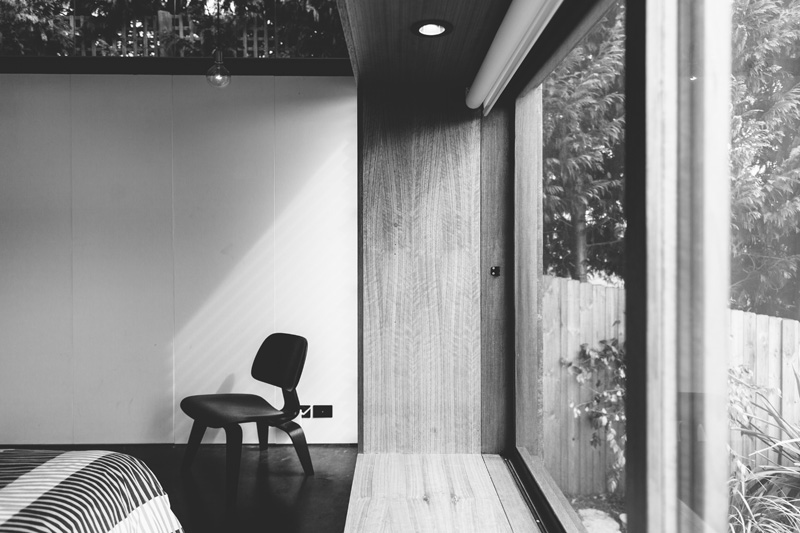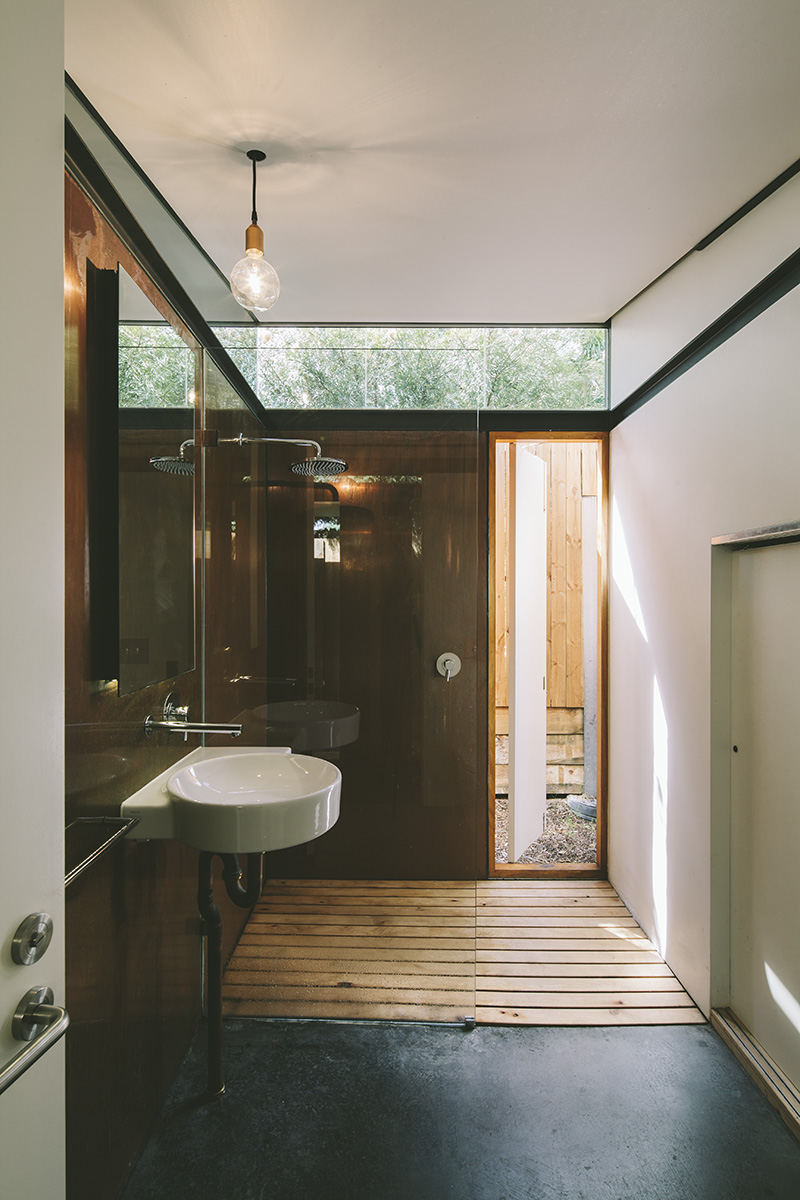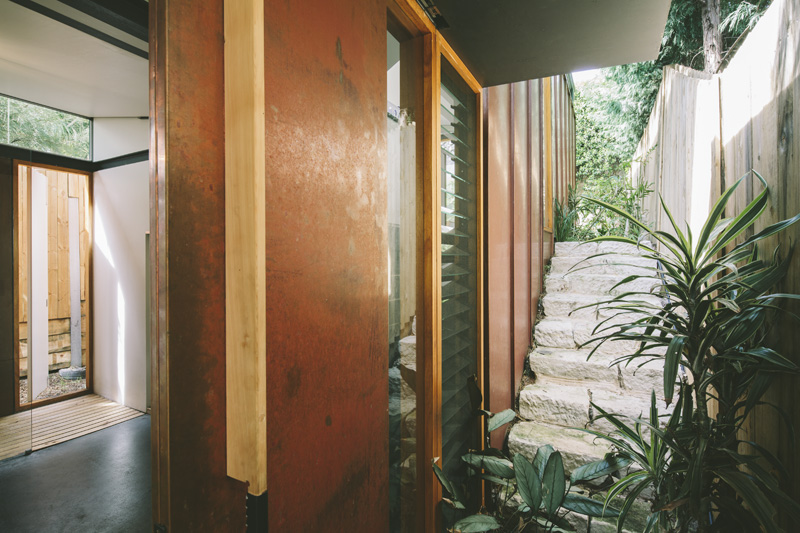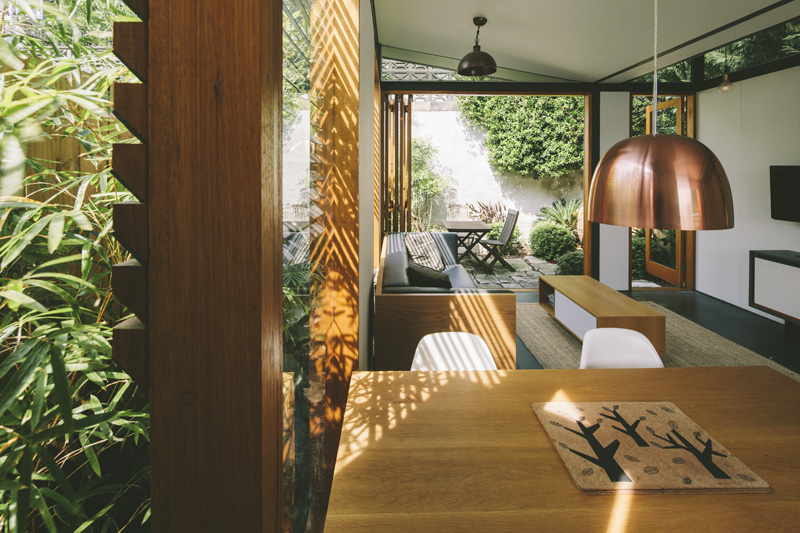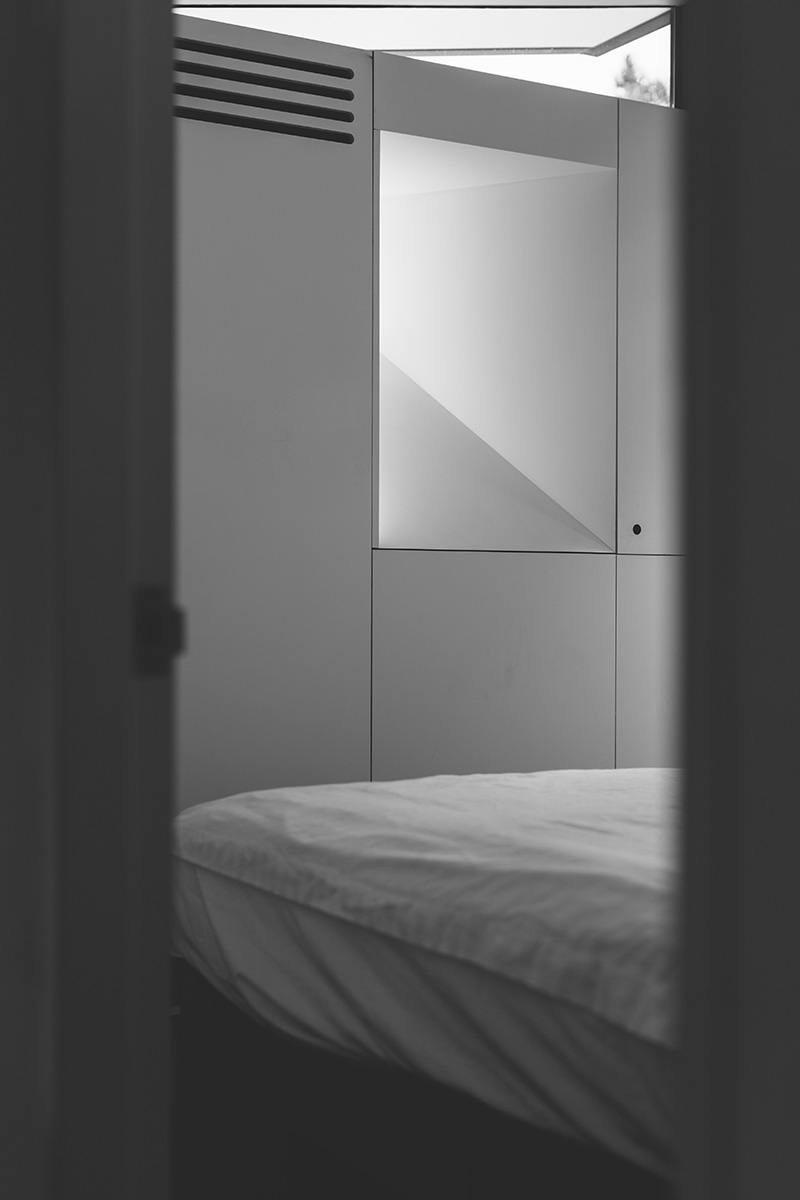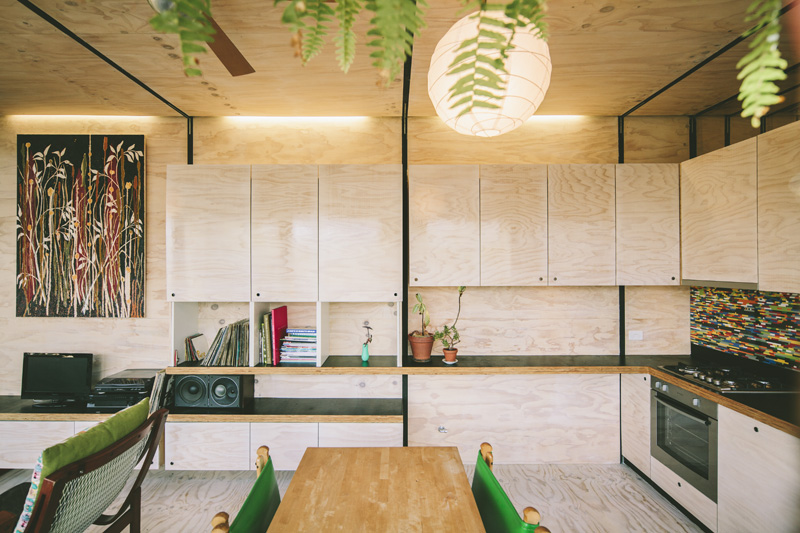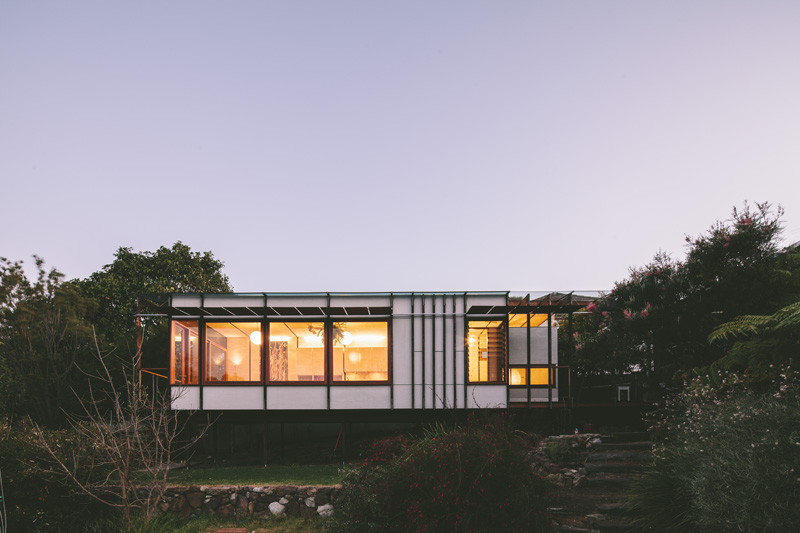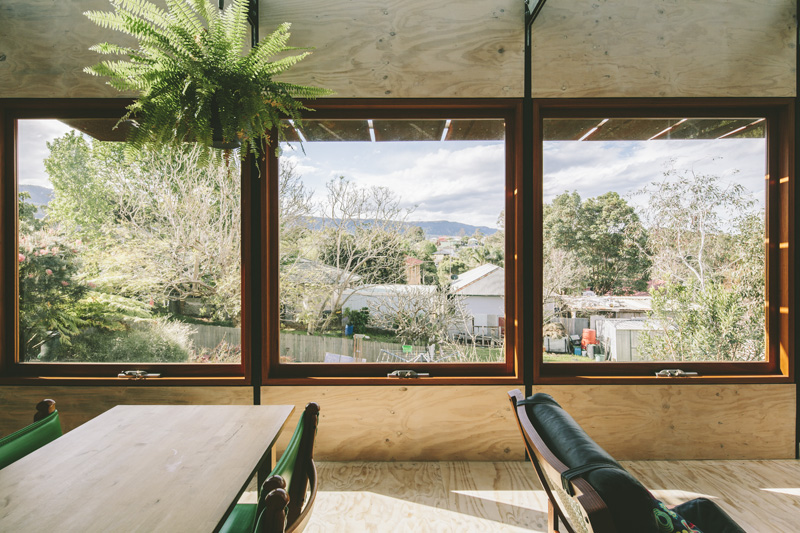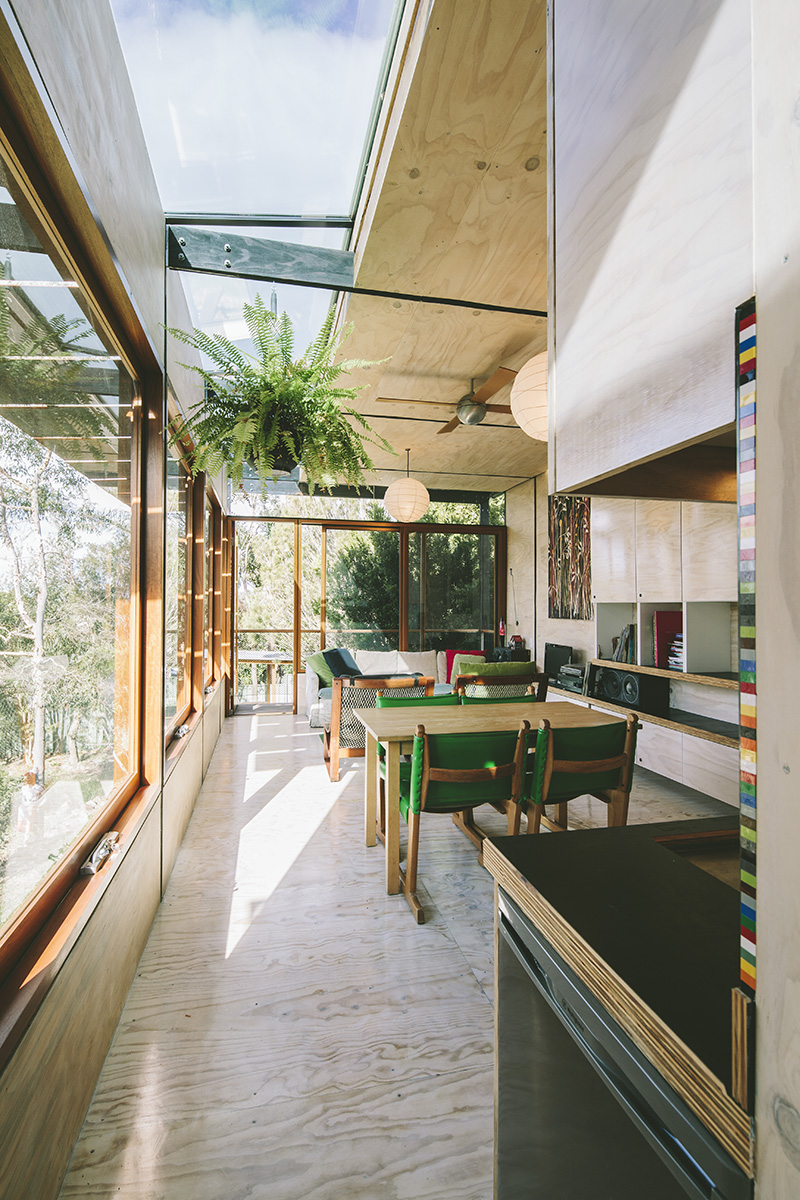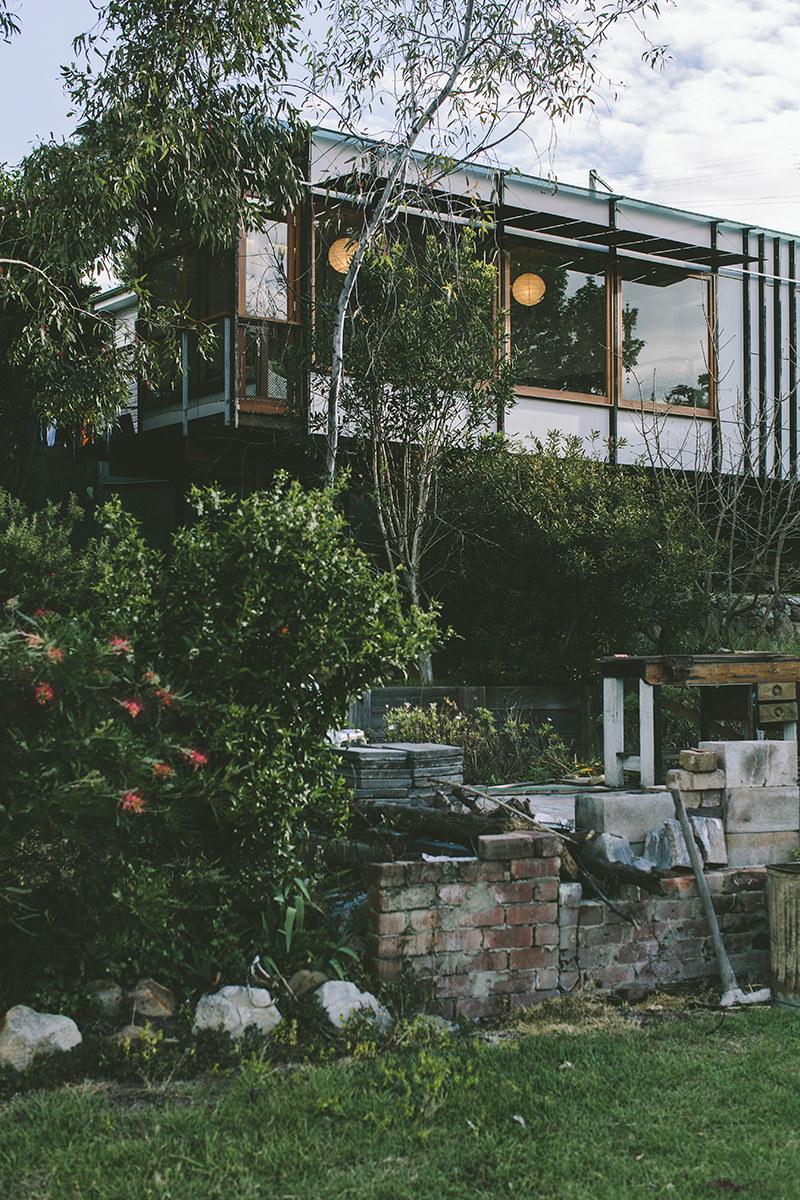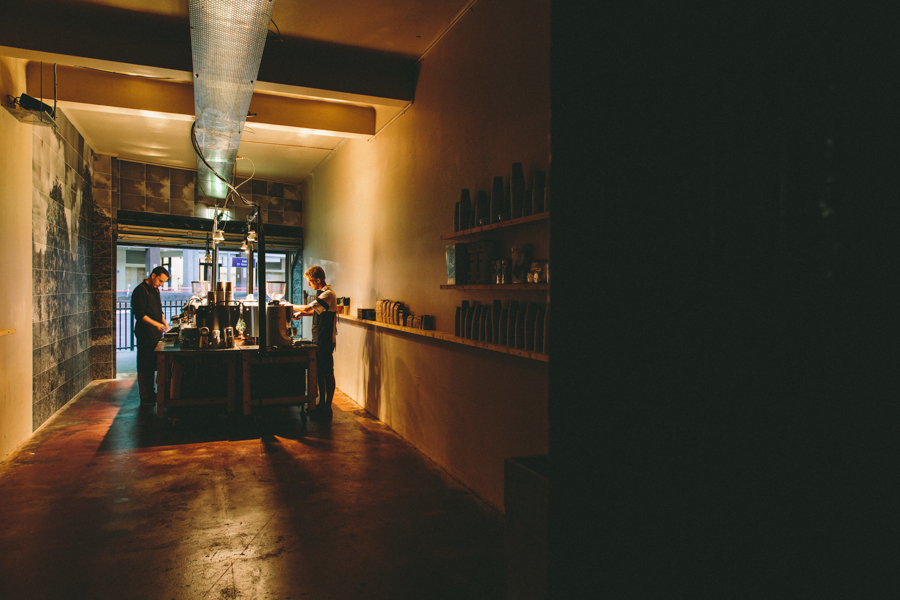About
Over the past few years, New York has gone green with much
fanfare — sprouting green condos, green luxury rentals and even green affordable housing.
Now, close on their heels come green brokers, who vow to track down these eco-friendly residences and to discern whether a unit is truly solar-powered, or just has lots of windows.
But it isn’t always easy to figure out which brokers are environmentally sensitive and which are just full of, er, hot
carbon emissions.
Unlike with green construction projects, which can be compared with certain widely used energy-efficiency standards, like Leadership in Energy and Environmental Design, or LEED, there aren’t similar yardsticks for brokers.
Indeed, sometimes, these brokers’ credentials seem to begin and end with their firms’ Earth Day-inspired names. And the few classes that are available to burnish eco-qualifications often seem better tailored for suburban markets than urban ones, as they take a national one-size-fits-all approach.
Also, some brokers don’t practice what they preach in their day-to-day lives, promoting a low-impact lifestyle while at the same time increasing their own carbon footprints, critics say.
The fuss may also be premature, brokers, architects, city planners and developers said, noting that green homes make up less than 1 percent of the city’s housing stock.
That cart-before-the-horse mentality seems evident with Green Homes NYC, a nine-month-old brokerage whose lime-hued Web site promises a “full-service real estate agency with a green twist” and a niche in the “green home market.”
But an informal survey of its listings turned up few “green” examples. For instance, an ad for a two-bedroom, $1.9 million condo touts its “high-gloss white cabinetry” and “maple hardwood floors” but nothing else that could be considered environmentally friendly.
“Some of them are green, some of them are not green,” said Ronen Trigoli, an associate broker and the manager. “I don’t have a choice because I need to supply the general public.”
That citywide shortfall of green homes also comes across on the six-month-old Web site for the Built Environment, which drives traffic to brokers, though it essentially functions as a database. Many of the 40 locations on the “property map” are office buildings, schools, government facilities and even a park in Park Slope, Brooklyn, that has a solar-powered waterfall.
Still, even if every visitor to the Web site doesn’t snap up a condo, the material might help raise the awareness of green design, said Jeffrey Schleider, a site creator and Corcoran Group associate broker who also served on an advisory committee of the U.S. Green Building Council.
“Having the interest and the knowledge out there is helpful,” he said.
Last summer, Schleider took an online course offered by EcoBroker International, a six-year-old company from Evergreen, Colo., that promises “innovative energy, environmental and green strategies and tools for real estate professionals.”
The $395 course may also help attract clients. Schleider, for one, estimated he’s picked up eight buyers because of it.
The 18-hour course includes lessons about how energy-saving appliances can help secure bigger home loans, and about improving indoor air quality with carpets and paints that emit low amounts of volatile organic compounds.
But many of the topics seem geared toward suburban-style residences, like the tips about installing sealed-combustion furnaces to keep pollutants at bay, and the mention of the hazards of leaking radon.
That emphasis on non-multifamily dwellings might account for New York’s comparatively low certified EcoBroker numbers, with 54, versus California’s 324. But chief executive John Beldock pointed out that there are 3,400 EcoBrokers in 47 states and two countries, and that their ranks are increasing monthly by 10 percent.
EcoBroker’s imprimatur may mean little if brokers don’t walk the walk, which can be a tough-to-attain reality.
“I go around shutting off the lights all the time,” said James Dunn, a sales associate at Abbott & Caserta Realtors, based in Wyckoff, N.J., and a certified EcoBroker.
Still, retrofitting his older home with energy-efficient features would be cost-prohibitive, he noted, and the wait to buy an energy-efficient Smart Car (to replace his older BMW) is a year, he said.
Like homes, brokers come in different shades of green, Dunn said. Indeed, the scale of the 5,300-square-foot home he’s now marketing in Upper Saddle River, N.J., for $1.9 million may seem too huge to be environmentally sensitive.
The five-bedroom features low-flow faucets, a xeriscaped yard requiring little water, and a poured-concrete foundation that should be less permeable than a cinder-block variety.
“You don’t have to be a hermit living in a hole in the wall,” Dunn said.
Chris Moss, founder of the five-year-old Moss Real Estate Group, said he believes a firm needs to be at least as sustainable as the homes it sells in order to establish a level of credibility.
In fact, his company’s 2,000-square-foot Noho office has floors stained with black tea and vinegar, not artificial chemicals, and plaster walls sealed with beeswax. Also, the bathroom tiles are comprised of recycled Coke bottle glass.
Plus, Moss has converted the company car, a 1965 Mercedes convertible, to run on electricity generated by wind power.
More operationally, Moss has also devised a “paperless” condo and co-op board package, which in the case of exclusive buildings such as the Dakota, on Central Park West, could save 10,000 pages, according to Moss. Finally, part of Moss’ brokers’ commissions goes toward a national tree-planting fund.
Still, his company’s mission to sell green homes is not easy, as environmentally efficient homes make up less than 50 percent of his listings.
“But we don’t only want to sell green space,” he said. “We want to rethink the process so we are contributing to a more regenerative experience.” - The Real Deal


